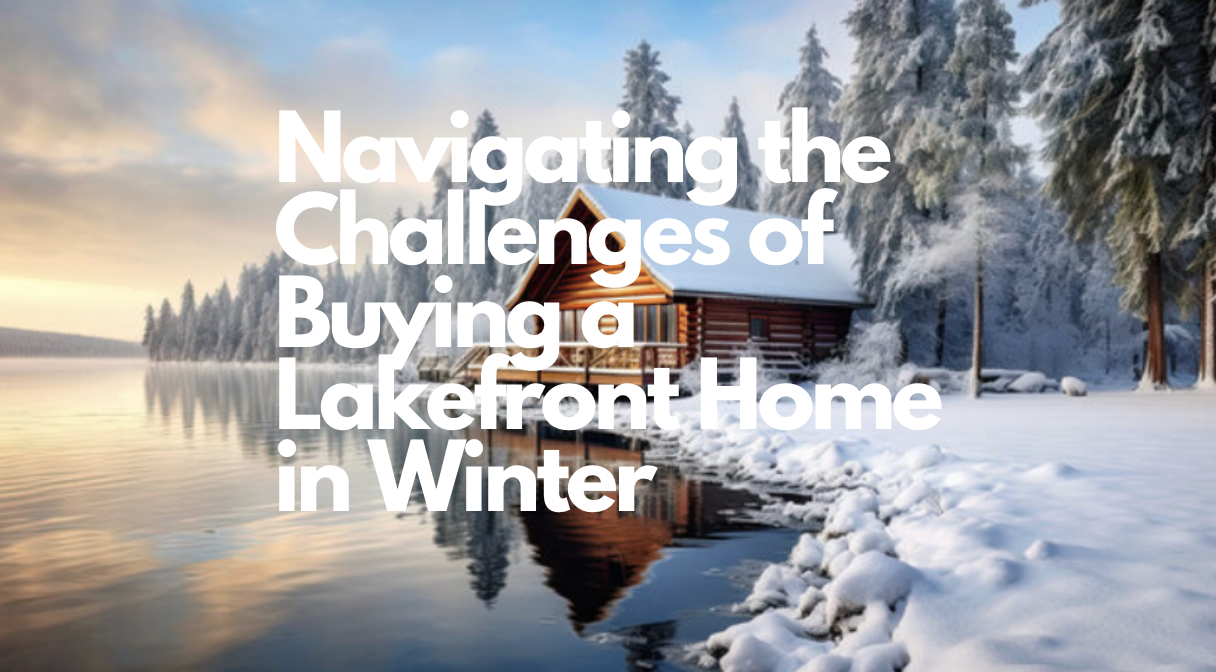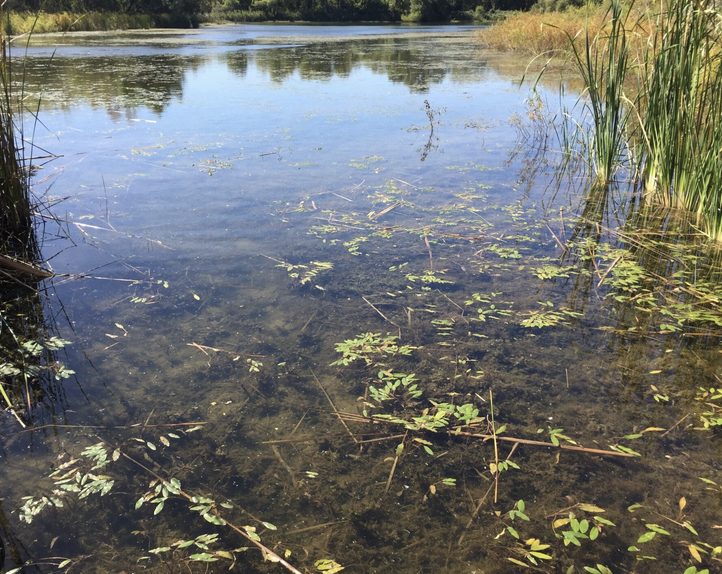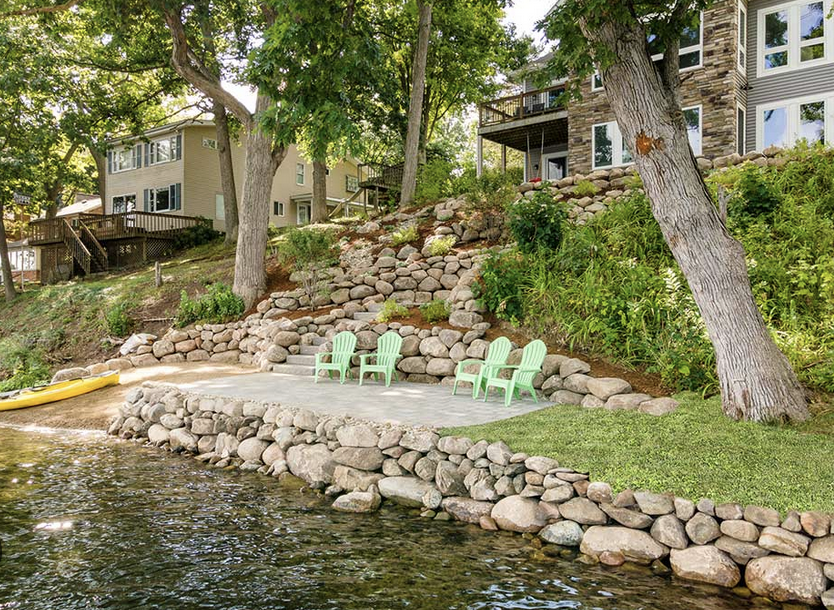
As the winter season blankets the landscape in a serene layer of snow, the allure of lakefront living takes on a magical quality. However, buying a lakefront home during the winter months comes with its own set of challenges. In this blog post, we will explore the intricacies of purchasing a lakefront property in winter, focusing on aspects such as visibility of shoreline conditions, aquatic weeds, water depth, removable docks, sea walls, road access in snow conditions, and the unique aspects of enjoying frozen lake recreation.
Visibility of Shoreline Conditions
One of the primary challenges of buying lakefront home lakefront property in winter is the limited visibility of shoreline conditions. The snow-covered landscape may conceal potential issues like erosion, damaged structures, or the need for shoreline maintenance. Prospective buyers should work closely with experienced real estate agents who can provide comprehensive insights into the property’s history and potential concerns. Additionally, utilizing technology such as aerial surveys or drone footage can help unveil the true state of the shoreline.
Visibility of Aquatic Weeds
During winter, aquatic weeds may be hidden beneath the icy surface, making it challenging to assess the extent of weed growth. These weeds can impact the overall enjoyment of the lakefront, affecting activities like swimming and boating. Buyers should inquire about the lake’s weed management program, examine historical records, and consider professional inspections to gauge the presence and control of aquatic vegetation.

Knowing the Water Depth
Understanding the water depth is crucial for various reasons, including boating, swimming, and potential construction projects such as docks. Winter conditions may obscure the visibility of the lake bottom, making it challenging to accurately measure water depth. Buyers should leverage surveys, historical data, and expert opinions to gain a comprehensive understanding of the lake’s depth and potential fluctuations throughout the year.
Removable Docks
Many lakefront properties feature docks that enhance recreational opportunities. However, winter conditions can affect the installation, maintenance, and removal of docks. Buyers should inquire about the type of docks on the property, their durability in winter weather, and any regulations or guidelines for dock installation and removal. Additionally, understanding the ease of access to the dock area during winter is crucial for year-round enjoyment.
Types of Sea Walls
Sea walls are vital for protecting lakefront properties from erosion and safeguarding structures. Different types of sea walls serve various purposes, such as preventing soil erosion and maintaining shoreline stability. Winter conditions, including freezing and thawing, can impact the effectiveness of sea walls. Prospective buyers should evaluate the type and condition of existing sea walls, considering factors like materials used, maintenance requirements, and the need for potential upgrades.

Road Access with Snow Conditions
While the lake itself is a winter wonderland, the journey to a lakefront property can pose challenges, especially if road access is affected by snow. Buyers should inquire about the property’s accessibility during winter, including the maintenance of roads leading to the lakefront. Additionally, understanding the local snow removal policies and services is crucial for year-round convenience.
Frozen Lake Recreation
The winter season opens up unique recreational opportunities on frozen lakes, such as ice skating, ice fishing, and snowmobiling. However, buyers need to ensure that the lake is safe for such activities. Knowledge of local regulations, ice thickness, and the community’s winter recreational culture is essential. Engaging with local residents and authorities can provide valuable insights into the safety and feasibility of enjoying frozen lake recreation.
Using a Lakefront Specialist
These specialized real estate professionals possess an in-depth understanding of the unique challenges and considerations associated with lakefront properties. A lakefront specialist is well-versed in the intricacies of shoreline conditions, water depth assessments, and the various regulations governing waterfront living. They have extensive knowledge of the local market trends, including property values, potential hidden costs, and the availability of winter-specific amenities. With their expertise, lakefront realtors can provide valuable insights into the specific needs of prospective buyers. They can ensuring that the chosen property aligns seamlessly with both their lifestyle preferences and the practical considerations of winter lakefront living. Collaborating with a lakefront specialty realtor enhances the buyer’s ability to make informed decisions and facilitates a smoother and more enjoyable transition into their winter retreat by the lake.
Conclusion:
Buying a Lakefront Home in Winter is a distinct experience that requires careful consideration of various factors. From assessing the visibility of shoreline conditions to understanding the intricacies of sea walls and winter road access, buyers must navigate these challenges to make informed decisions. By working closely with knowledgeable real estate professionals and leveraging technology and expert opinions, prospective lakefront homeowners can ensure a smooth transition into their winter wonderland retreat.
Posted by Scott Freerksen “The Lake Guy”
